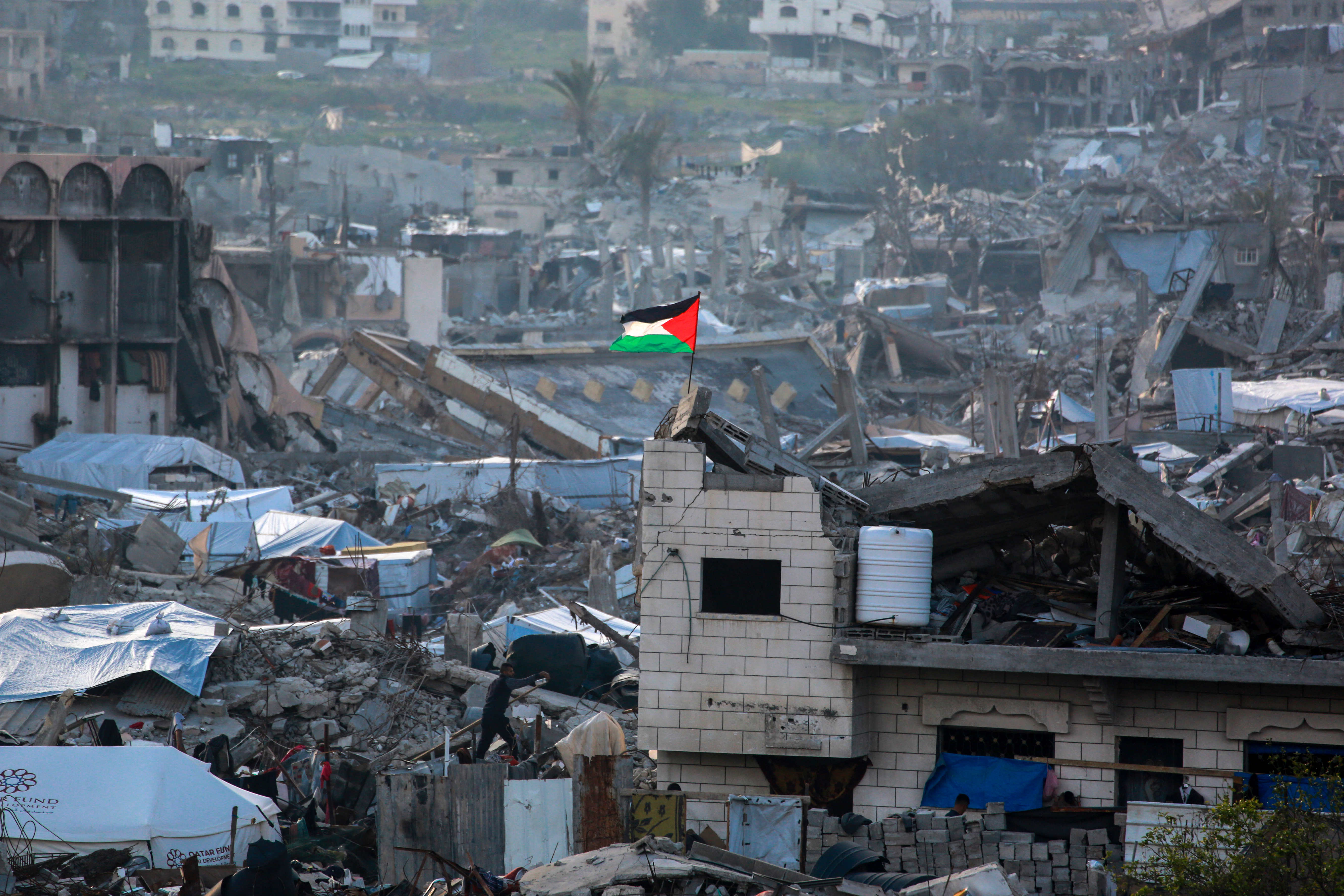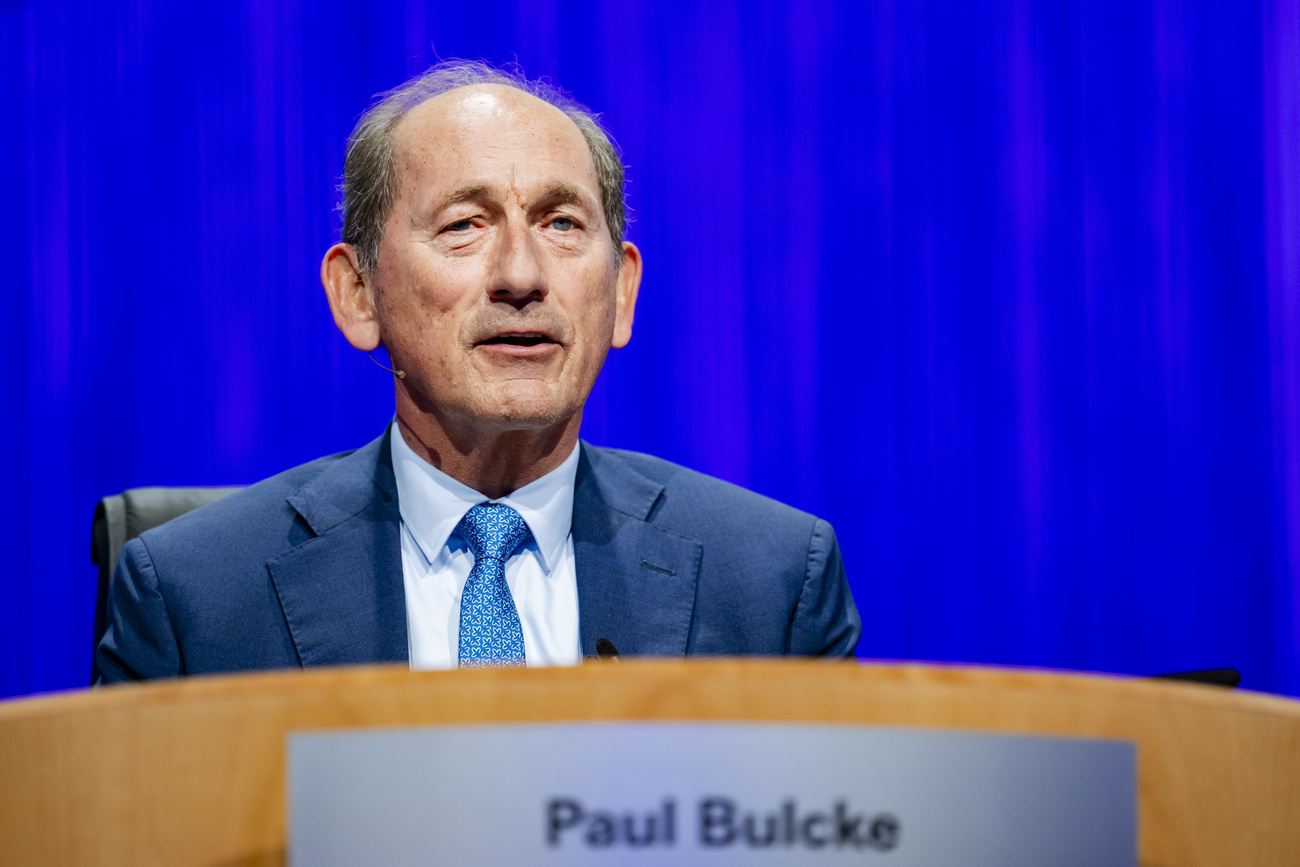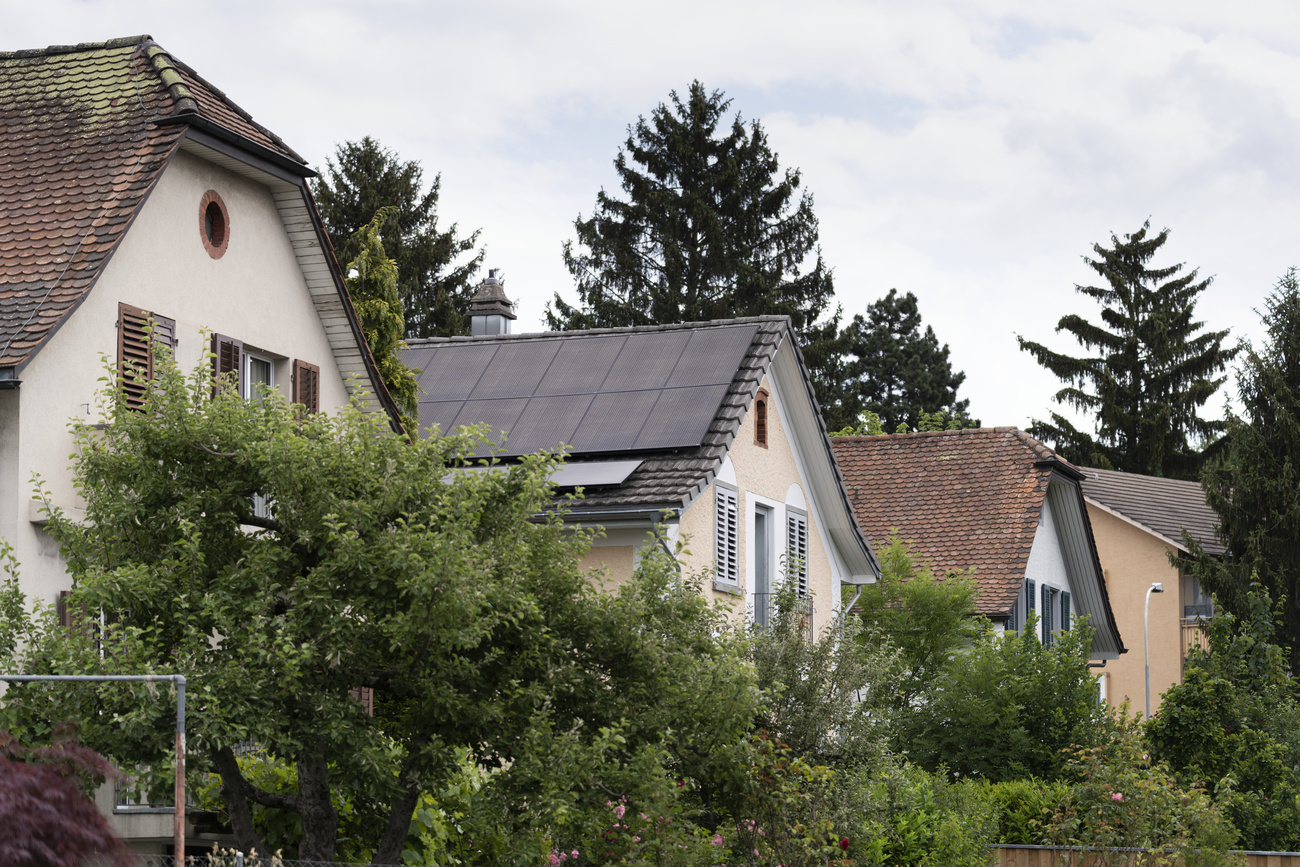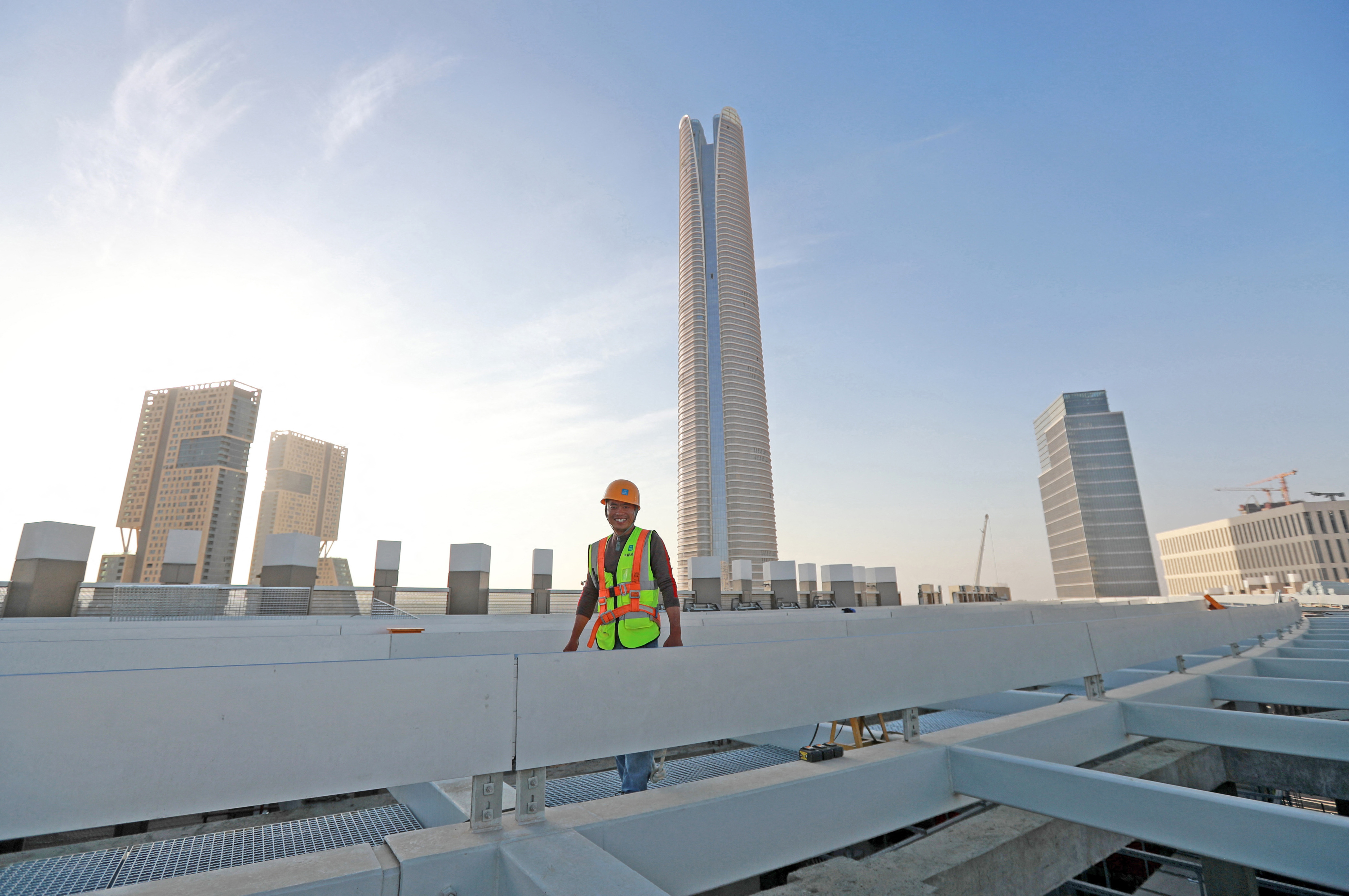
Environmentalists target noisy heliskiers

The Unesco-protected Aletsch glacier region and other high mountain areas are increasingly plagued by noise pollution caused by heliskiing, say campaigners.
Around 100 protestors scaled the 3,200-metre Petersgrat peak in the Bernese Alps on Sunday to demonstrate against heliskiing. The Civil Aviation Office is presently carrying out a review of helicopter landing pads in the Swiss mountains.
The environmental group Mountain Wilderness and local sections of the Swiss Alpine Club say that since the Jungfrau-Aletsch-Bietschhorn glacier region won Unesco World Heritage status in 2001, heliskiing and tourist flights in the area have increased.
Twenty-two of the 42 legal mountain airfields and helipads in Switzerland are situated in environmentally protected areas and seven are in the Aletsch glacier region, which is one of the country’s seven Unesco heritage sites.
Of the 15,000 tourist helicopter flight movements each year in Switzerland, transporting 20,000 people in search of knee-deep powder and pristine scenery, around 3,000 flights land in the Aletsch glacier region, say ecologists.
And on a clear spring day there is one flight every five minutes over the spectacular, slow-melting 23-kilometre glacier – Europe’s longest.
“The Aletsch glacier region is a victim of its own success,” Rolf Meier from Mountain Wilderness told swissinfo. “The noise is destroying its beauty. I think it’s a shame that there are seven airfields within this beautiful protected area.”
Mountain Wilderness says there is growing resistance to noisy heliskiers and tourist flights. The group was joined on Sunday by five local sections of the Swiss Alpine Club and another mountain club from Germany. They are calling on the Swiss authorities to close the mountain airfields in the Jungfrau-Aletsch-Bietschhorn glacier region.
According to the protestors, rotor blades, propellers and smelly fuel are threats to wildlife and disruptive to tourists and alpinists, who come to the area for clean air, peace and quiet.
“The noise occurs not only where the helicopters land, but throughout their flight over the terrain. This creates a threat to the world of wild animals, particularly in winter, when animals are already in a weakened state because of the shortage of food,” said Meier.
The noise causes animals to expend valuable energy trying to escape from helicopters, which they perceive as a danger, he added.
High-altitude re-examination
The high-altitude demonstration took place against a backdrop of negotiations between the Federal Civil Aviation Office, environmental groups, the cantons, the Swiss Alpine Club and the Swiss Helicopter Association to review use of the 42 helicopter landing pads. Talks began in June 2007.
“The Swiss government commissioned us to re-examine all mountain airfields, and as part of that we will look at the heliskiing question,” said Mireille Fleury, spokesperson for the Civil Aviation Office.
After finishing the Upper Valais region, the consultation should start focusing on the Aletsch region later this year.
“The aim is to see how the landing pads are used and to eliminate any environmental conflicts, in terms of noise and environmental protection, but our mandate is not to ban heliskiing,” said Fleury.
The Civil Aviation Office has the tricky role of trying to balance the differing viewpoints of environmentalists and local businesses.
“We have to try and find a path between the two. There are two sides to the coin,” said Fleury.
“Militant” tactics
Gerold Biner, the flight operations manager at Air Zermatt, criticised the “militant” tactics of Mountain Wilderness and the Swiss Alpine Club.
“They left the process initiated by the Civil Aviation Office. They are not participating in the process in a proper way,” he said. “It’s just an attempt to influence people without any discussion about problems or solutions.”
Biner said helicopter firms were prepared to make concessions – where appropriate.
“In the summer high season we are ready to close certain landing spots and not fly with clients and guides, but we are not willing to close landing spots for a problem that is non-existent. From December 2008 up to today only 20 people climbed Monte Rosa, but we flew more than 1,100 people,” he said.
Firms like Air Zermatt argue that they need to carry tourists and heliskiers so that pilots can build up invaluable mountain flight experience.
Carrying heliskiers also compensates for when firms have a poor cash flow situation in winter and generates additional revenue for hotels, restaurants and other local businesses, they say.
“We want to develop these kind of clients, and not just mountaineers who complain,” said Biner. “The [protestors] have no clue what’s going on with these landing spots.”
Air Zermatt is considering whether to lodge a formal complaint against the demonstrators following Sunday’s protest.
swissinfo, Simon Bradley
Within Europe, heliskiing is banned in Germany, France, Austria and Liechtenstein. It is permitted in certain regions in Italy.
The Swiss government and the Federal Civil Aviation Office allow helicopters and light aircraft to land on 42 mountain airfields and landing pads above 3,600 feet.
An average of 20,000 people are flown to these 42 airfields per year. That translates into roughly 15,000 flight movements.
Twenty-two of these 42 legal mountain airfields are situated in environmentally protected areas and seven are in the Jungfrau-Aletsch-Bietschhorn glacier region, which is one of seven Swiss Unesco heritage sites.

In compliance with the JTI standards
More: SWI swissinfo.ch certified by the Journalism Trust Initiative






































You can find an overview of ongoing debates with our journalists here . Please join us!
If you want to start a conversation about a topic raised in this article or want to report factual errors, email us at english@swissinfo.ch.